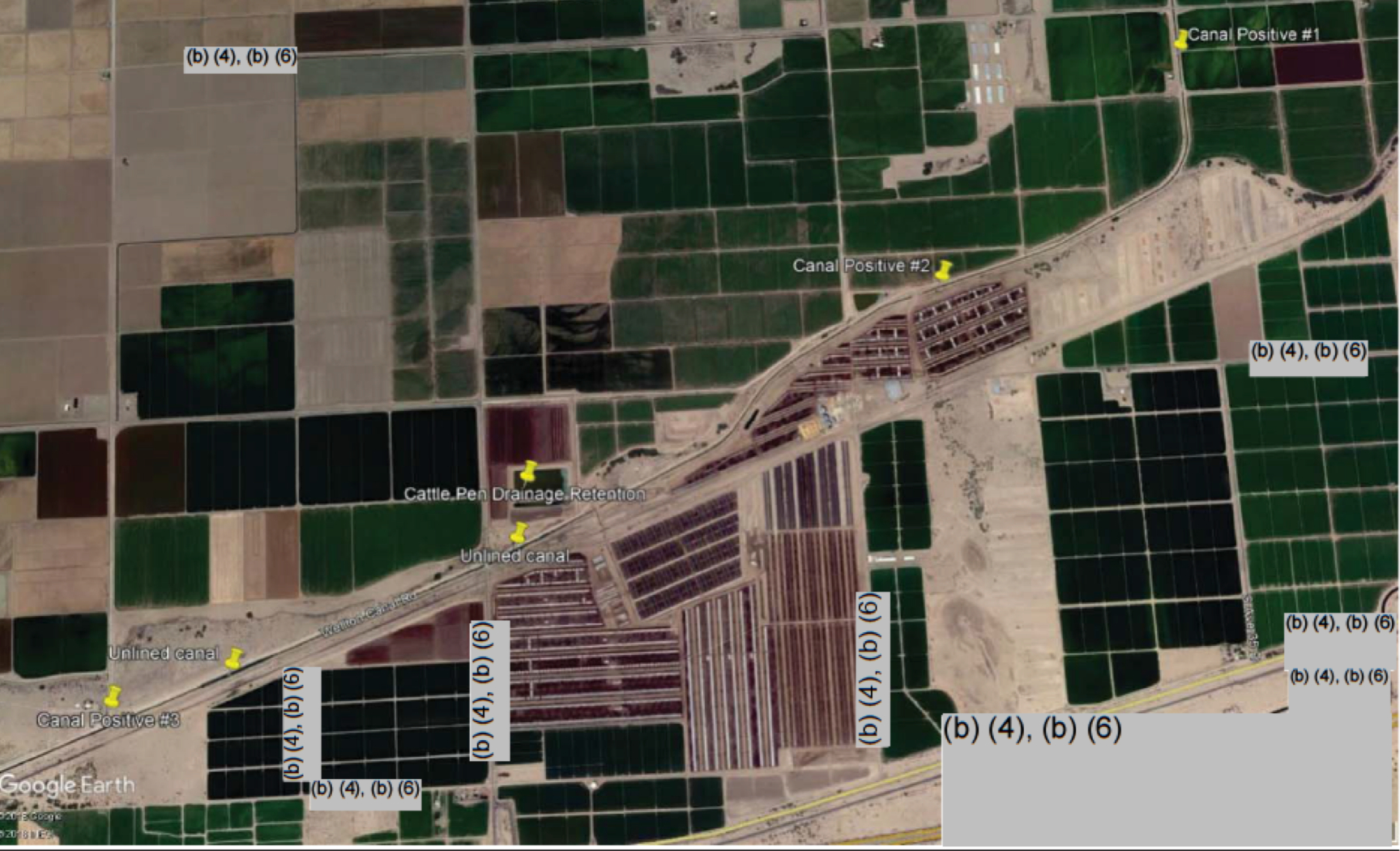Feedlots likely contribute to the contamination of fresh produce in nearby fields, according to a study initiated after a deadly E. Coli outbreak linked to romaine lettuce. The 2018 outbreak sickened 210 people, with 96 requiring hospitalization.
Five of the patients died. The outbreak, which was linked to romaine lettuce, was the impetus of the research project, which included the Food and Drug Administration, the University of Arizona, the Wellton-Mohawk Irrigation and Drainage District, local growers, industry groups, and others. The study in Yuma County, AZ, involved 12 percent of the Wellton-Mohawk Irrigation and Drainage District’s agricultural production area.

A preliminary report on the study, which ran from 2019 through the beginning of this year, included 100 sample collections from 7,000 acres. The researchers collected samples from 55 sites, resulting in more than 5,000 unique samples and 15,000 individual tests for the detection of generic E. coli, Salmonella, and Shiga toxin-producing E.
coli (STEC), including E. coli O157:H7. The test results showed that dust from a large feedlot — 80,000 head of cattle — contaminates irrigation water and plants.
“. . .
air, water, and lettuce leaf microbiome analysis demonstrated deposition of dust from cattle pens to the nearby water and land, suggesting that dust from CAFOs (concentrated animal feeding operations) may play a role in STEC transmission in this part of the region. These findings indicate that STEC can s.























